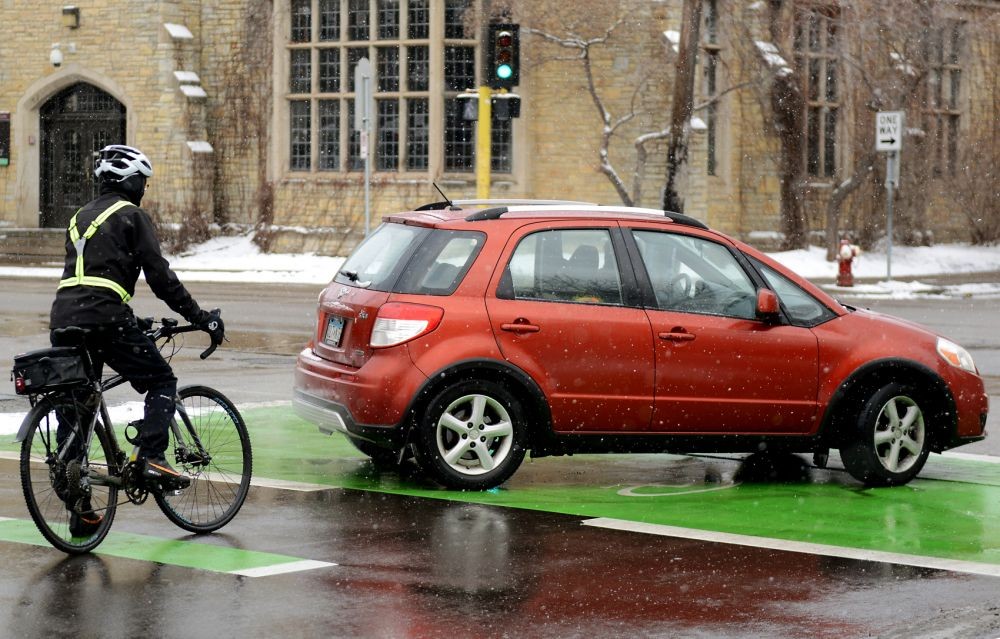Dangerous collisions between cars and bikes could be a thing of the past with the help of a University of Minnesota student.
At a conference hosted by the University’s Center for Transportation Studies earlier this month, a professor and graduate student presented a system to detect cars in a bicyclist’s blind spot.
Mechanical engineering student Woongsun Jeon and Professor Rajesh Rajamani created a method that places sensors on the side and back of a bicycle. The devices alert both cyclists and motorists when a car is approaching the bike’s side, but they haven’t yet perfected the technology to detect vehicles at intersections.
And Rajamani said bicycles tilt when pedaled, which makes it hard to detect far away cars.
“Even when the bicycle is going straight you get a bit of tilt,” he said.
Heather Mullins, University kinesiology junior and avid biker, said, for her, the technology’s limited range puts a damper on its usefulness.
“I cover two feet in two milliseconds when I bike,” she said.
Academic Health Center Human Resources Specialist, Chinah Midtling, crashed into another biker on small bike path near the Hiawatha trail.
Midtling said she has a bike computer, but would prefer if it had a sensor built-in.
“I’m constantly looking at my bike clock,” she said. “I’m constantly looking at the time and my speed.”
As a biker who commutes to work at the University every day, Mitdling said the sensor may have other issues, like warning sounds that are too quiet or false alarms whenever a car passes.
Sensors on the market now, like the Garmin Varia Rearview Radar, leave out the side radar.
Christopher Cross — parts and accessories buyer at Hub Bicycle Co-op — once crashed into a car turning in front of him.
“It was the kind of thing you hope doesn’t happen but does,” Cross said.
He was riding through a green light when he hit a car that illegally turned and cut him off.
Cross said the collision probably would have happened too fast for the sensor to pick up, but it might be more beneficial in cars.
“If you’re going to be hit by a vehicle that you don’t see it is very likely that you will hear that vehicle before you see it,” Cross said.
Midtling said people should be more attentive to their surroundings.
“It sounds like what this student is working on is probably the closest thing to ease the situation,” she said.
Rajamani and Woongsun have applied for a patent on the technology and will continue to improve the sensor’s ability to track vehicles in more complex situations with volunteers.
A previous version of this article mischaracterized how the device operates. It alerts both the motorist and the cyclist.

















